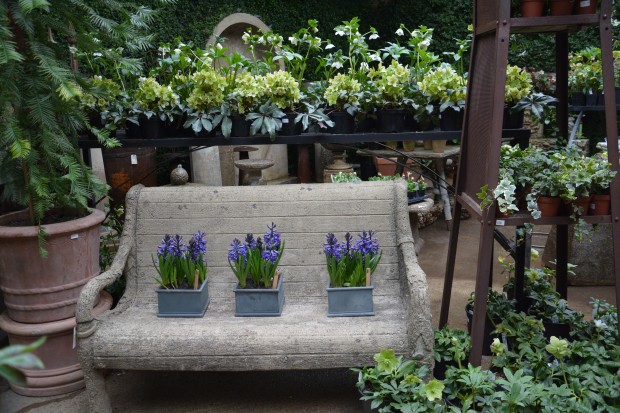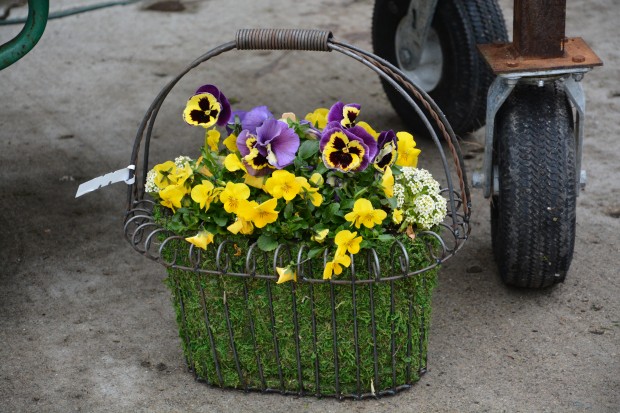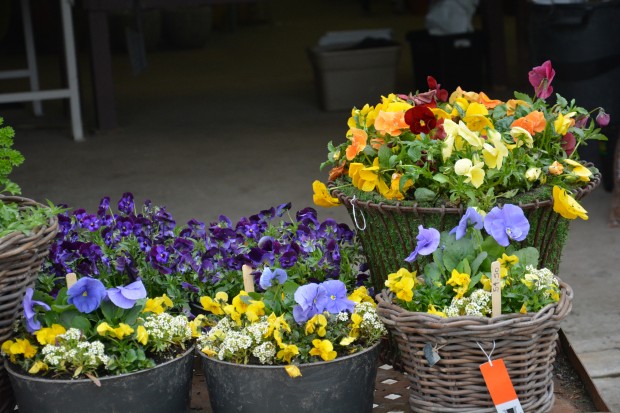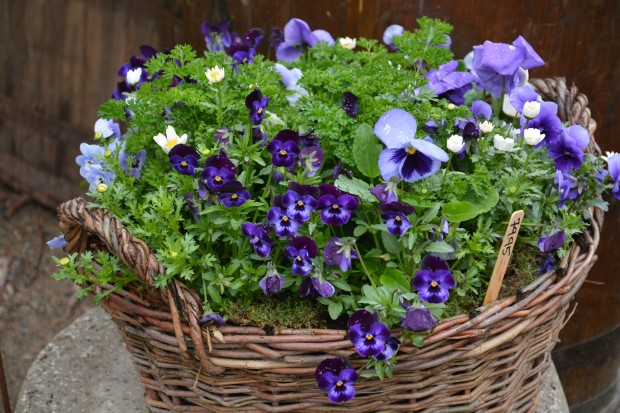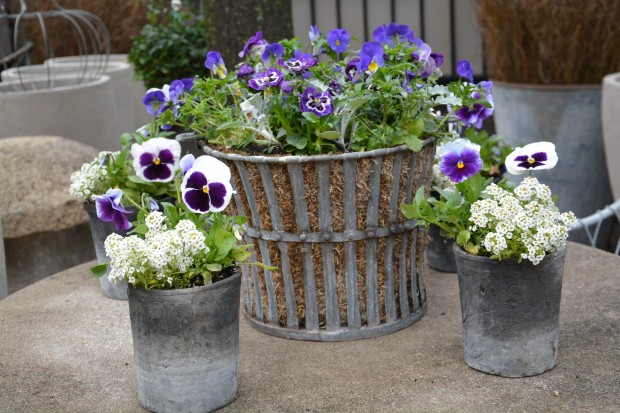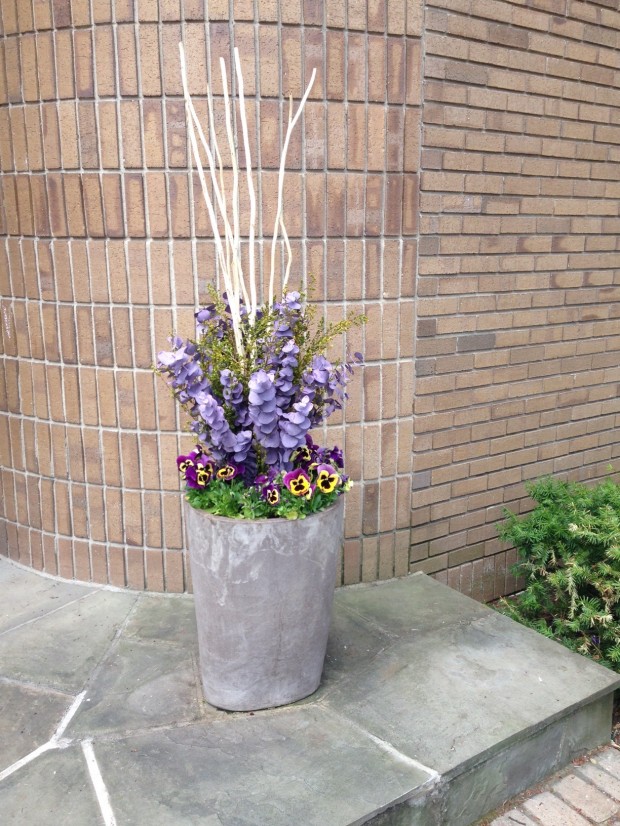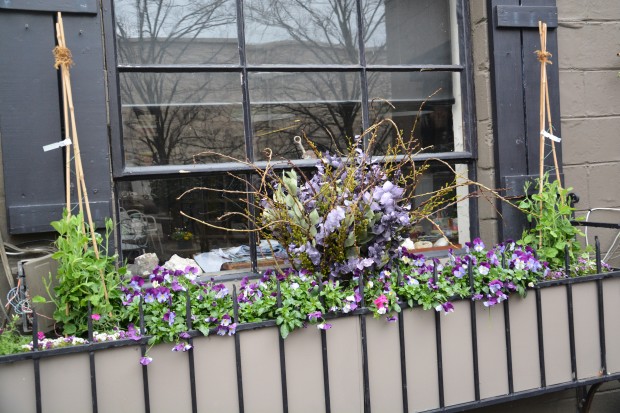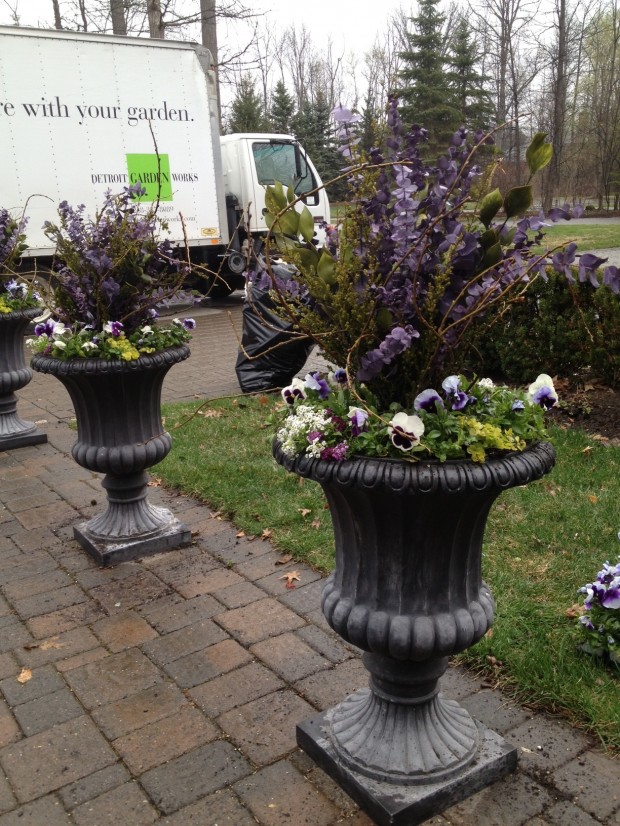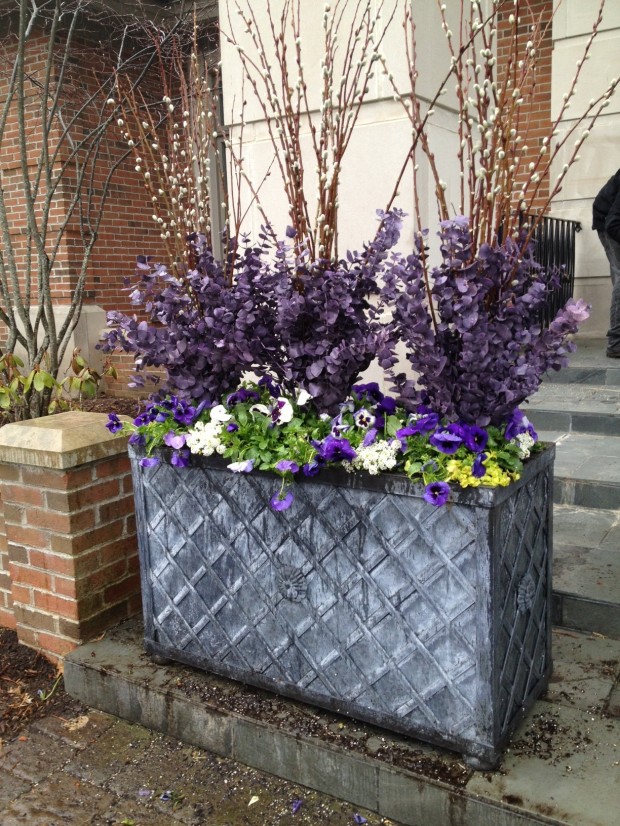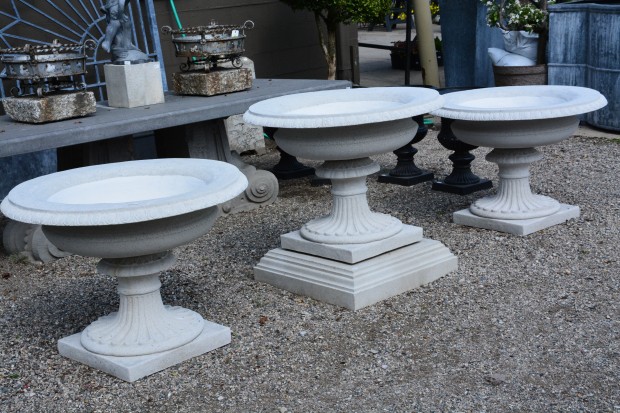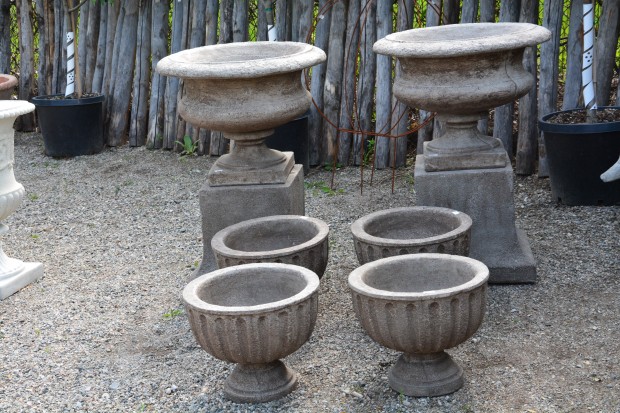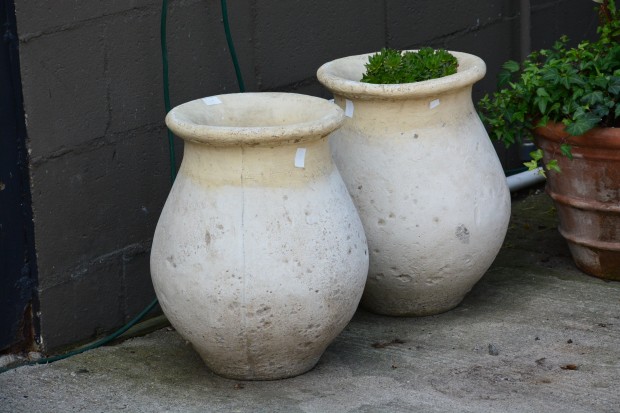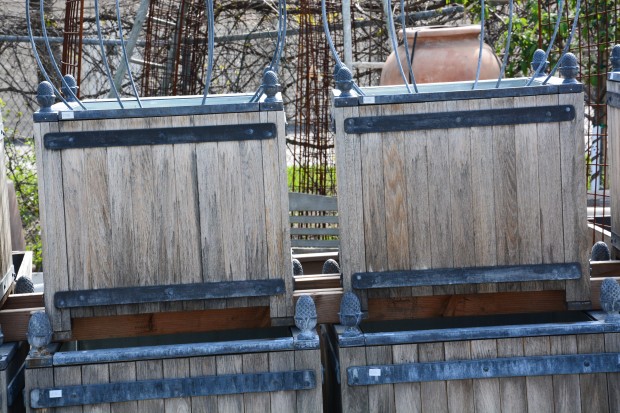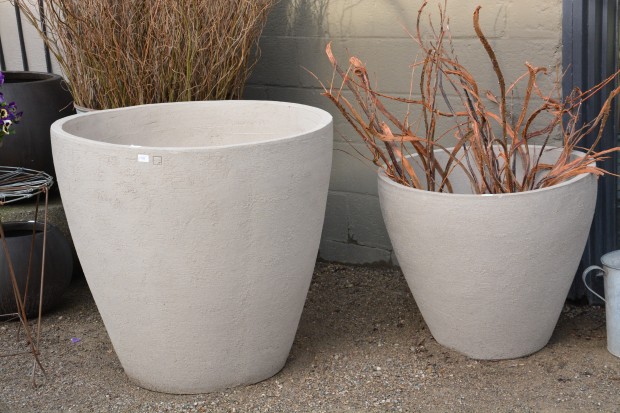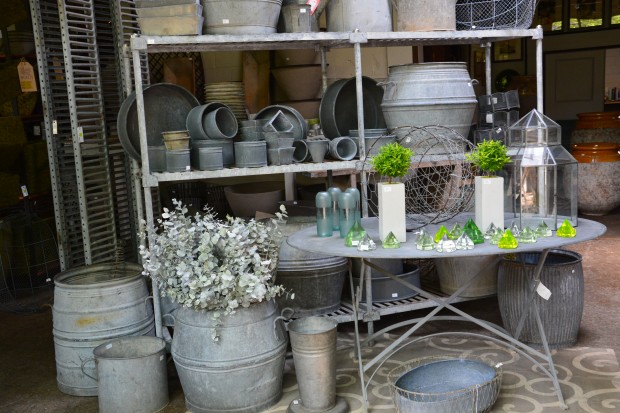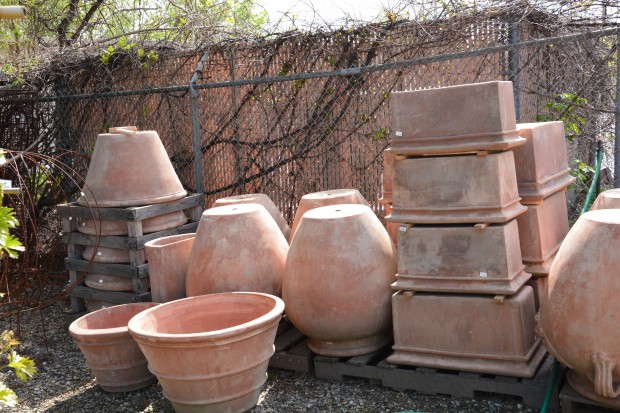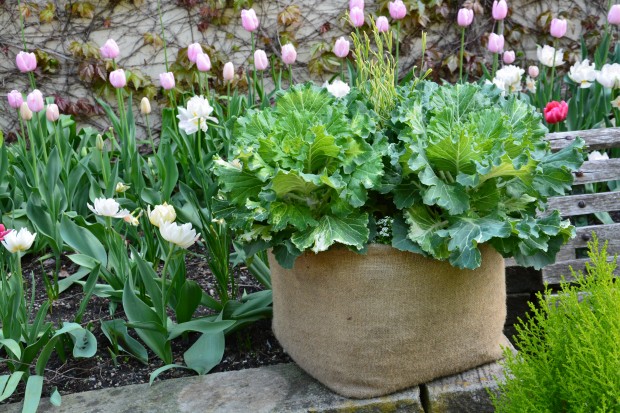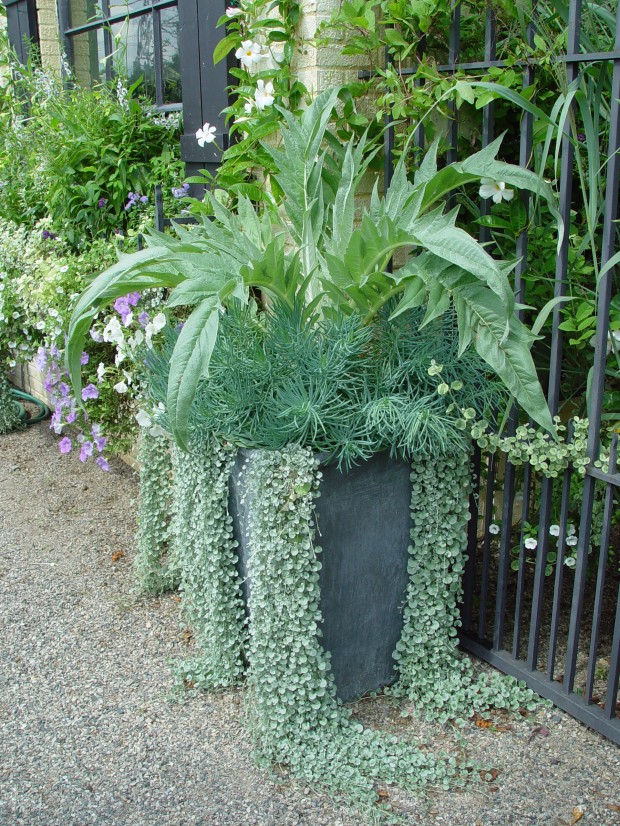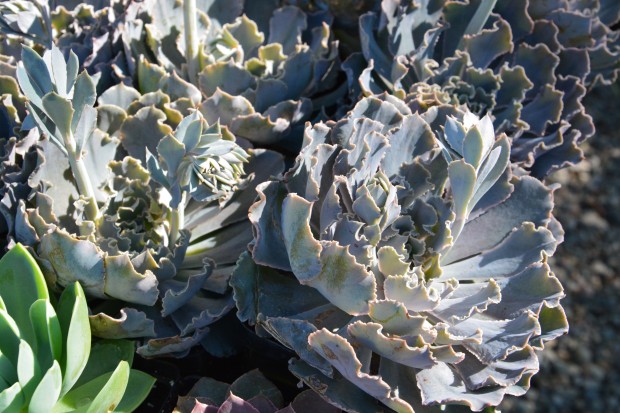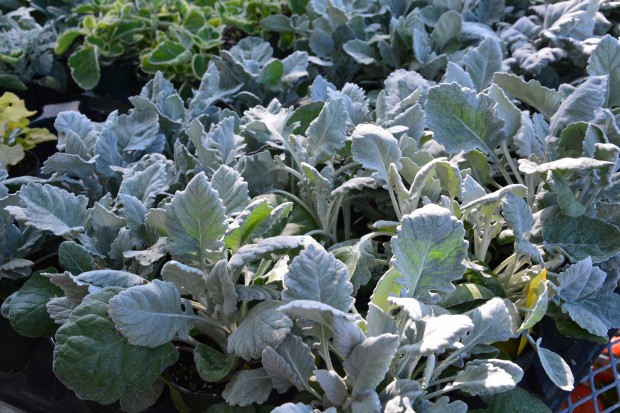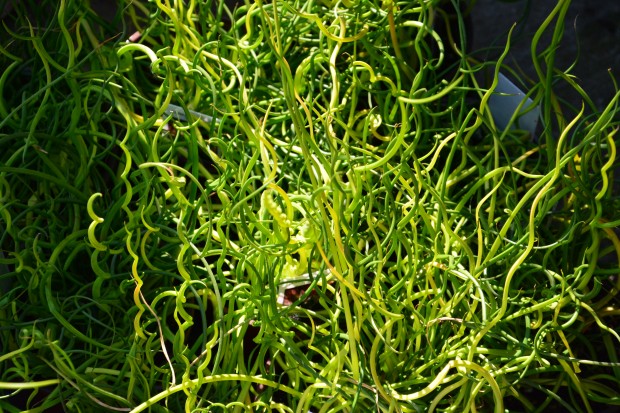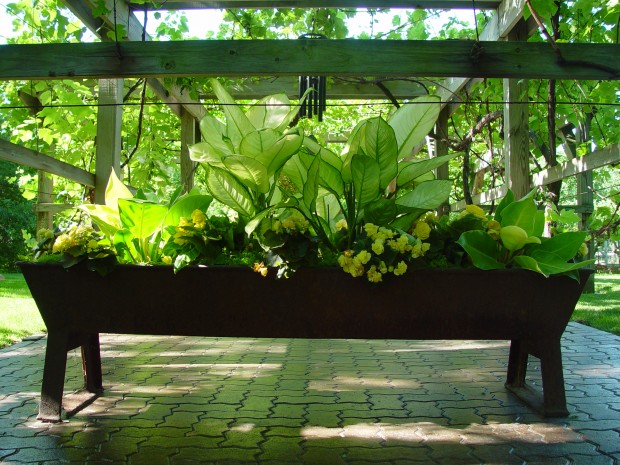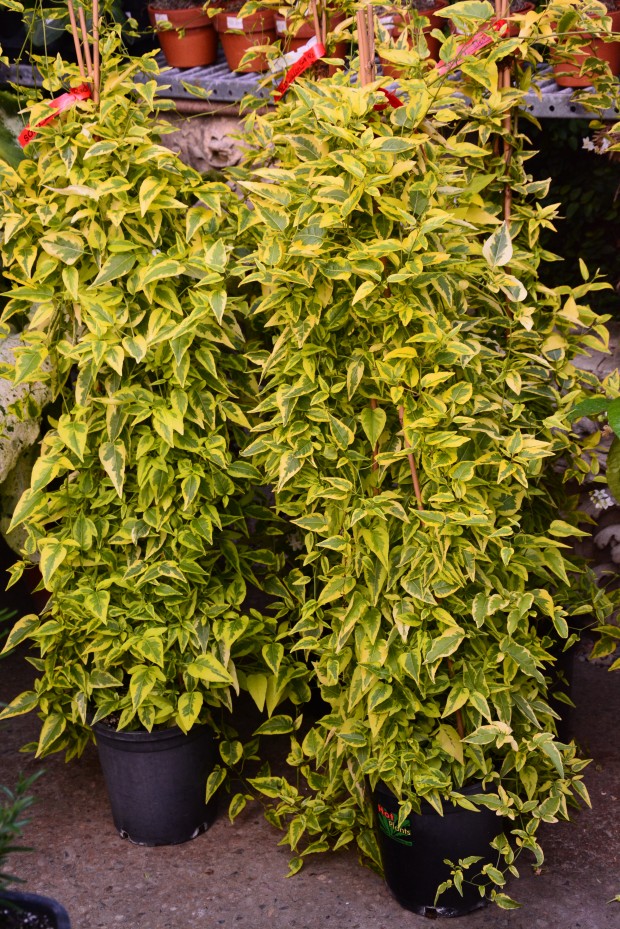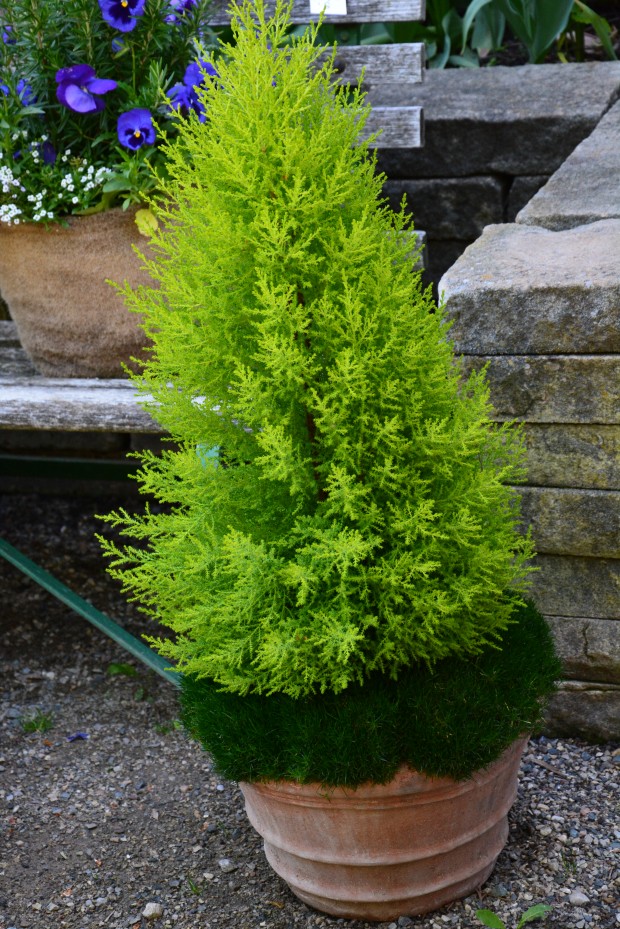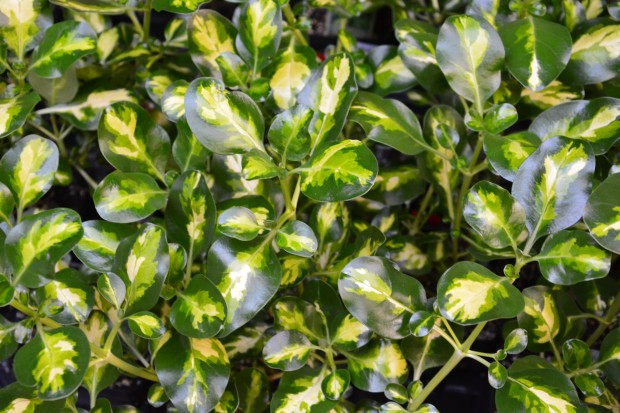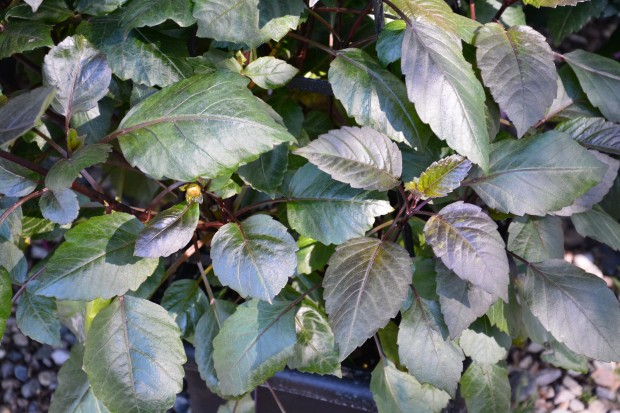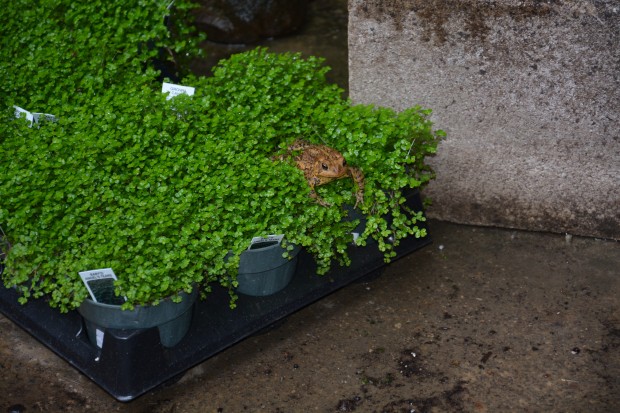 The Helleborus Festivalis starts at Detroit Garden Works at 9am tomorrow-sharp. What has taken months to put together is just about ready for the curtain to rise. Rob has done his usual incredible job, sourcing interesting hellebore cultivars of size and in bloom for our gardening clientele. The resident greenhouse frog approves of our case of baby tears. All of us feel, given his appearance, that our festival will be a good one. We had David and Mary Moore in today, owners of Stone Cottage Gardens in Gladwin Michigan. We had a young man in the area on a business trip choosing hellebores for his gardener girlfriend. He made this older gardener happy. Young gardeners, older gardeners-I welcome all of them. As for avid collectors of hellebores, we will ship when the weather moderates, to Rochester Minnesota, Cleveland, Ohio, and Flint Michigan. I like this.
The Helleborus Festivalis starts at Detroit Garden Works at 9am tomorrow-sharp. What has taken months to put together is just about ready for the curtain to rise. Rob has done his usual incredible job, sourcing interesting hellebore cultivars of size and in bloom for our gardening clientele. The resident greenhouse frog approves of our case of baby tears. All of us feel, given his appearance, that our festival will be a good one. We had David and Mary Moore in today, owners of Stone Cottage Gardens in Gladwin Michigan. We had a young man in the area on a business trip choosing hellebores for his gardener girlfriend. He made this older gardener happy. Young gardeners, older gardeners-I welcome all of them. As for avid collectors of hellebores, we will ship when the weather moderates, to Rochester Minnesota, Cleveland, Ohio, and Flint Michigan. I like this.
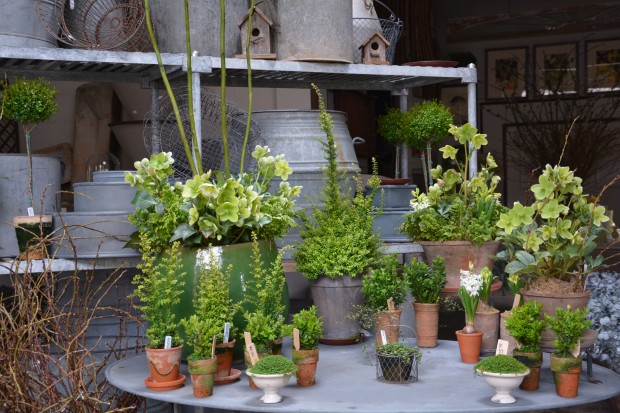 We have lots of companion plants to the hellebores. Honeysuckle boxwood. Euonymus and myrtle topiaries. Silver pilea. baby tears. Hyacinths throwing bloom stalks. Every plant Rob chose is a celebration of the spring. A celebration of green. This first day of spring, we are ready for the chance to garden again. And ready for those other gardeners that grace our doors. Conversation about the garden over a boatload of well grown hellebores-a pleasure for everyone.
We have lots of companion plants to the hellebores. Honeysuckle boxwood. Euonymus and myrtle topiaries. Silver pilea. baby tears. Hyacinths throwing bloom stalks. Every plant Rob chose is a celebration of the spring. A celebration of green. This first day of spring, we are ready for the chance to garden again. And ready for those other gardeners that grace our doors. Conversation about the garden over a boatload of well grown hellebores-a pleasure for everyone.
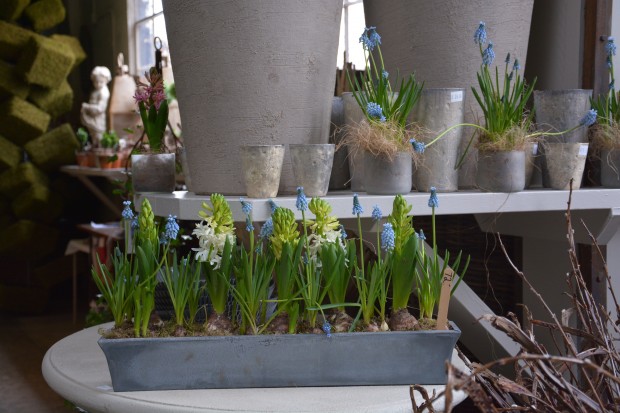 My garden at home still has lots of snow. But I can see the signs of spring. I hear the birds in the morning. The evergreens in my garden are emerald green, not that black shade of winter green. I put away my winter coat-I was so tired of it. We had sun today. The ice is melting. The hellebores in my garden are still under 3 feet of snow. Not my first choice of a garden situation. In the greenhouse at Detroit Garden Works, there is a different situation. Spring on our schedule. Though we know we have little influence over the state of the garden, we can create a spring of our own.
My garden at home still has lots of snow. But I can see the signs of spring. I hear the birds in the morning. The evergreens in my garden are emerald green, not that black shade of winter green. I put away my winter coat-I was so tired of it. We had sun today. The ice is melting. The hellebores in my garden are still under 3 feet of snow. Not my first choice of a garden situation. In the greenhouse at Detroit Garden Works, there is a different situation. Spring on our schedule. Though we know we have little influence over the state of the garden, we can create a spring of our own.
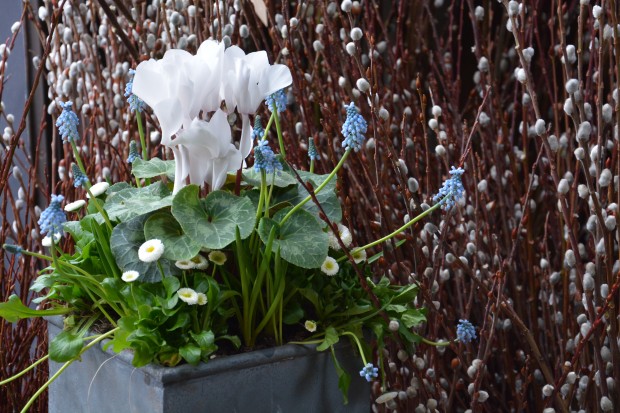 It was pure serendipity, deciding to do a March festival especially in honor of the hellebore. Both Rob and I are big fans of this particular perennial. The flowers of cultivars of Helleborus Orientalis – the Lenten Rose – are showstopping. The plants are vigorous, meaning they show up every spring without any handholding. The petals cure and hold on for 6 weeks or better. They seed generously. The foliage is almost evergreen. What’s not to love? An event given over to the spring flowering hellebores made us plant lots of spring flowering containers. This box of cyclamen, grape hyacinths and white bellis is a sure sign of what is to come. Spring-what could possibly be better?
It was pure serendipity, deciding to do a March festival especially in honor of the hellebore. Both Rob and I are big fans of this particular perennial. The flowers of cultivars of Helleborus Orientalis – the Lenten Rose – are showstopping. The plants are vigorous, meaning they show up every spring without any handholding. The petals cure and hold on for 6 weeks or better. They seed generously. The foliage is almost evergreen. What’s not to love? An event given over to the spring flowering hellebores made us plant lots of spring flowering containers. This box of cyclamen, grape hyacinths and white bellis is a sure sign of what is to come. Spring-what could possibly be better?
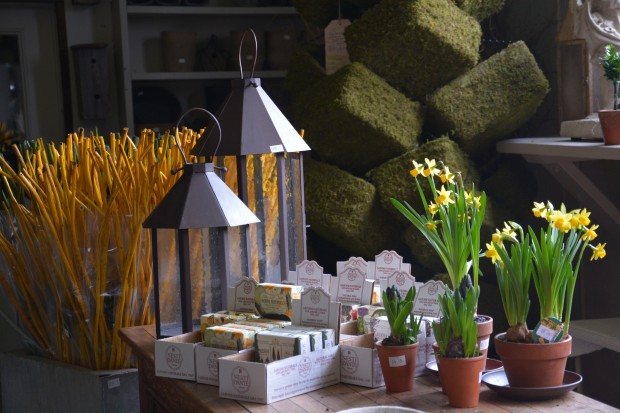 We had no idea the winter would go on so long. As in, we still have winter here. Our spring hellebore celebration has a special meaning we never anticipated. Though nature has been amazingly uncooperative in making a change of seasons, our idea is to bring a celebration of spring of our own to bear. Gardeners make the garden. We hear their voices. If you are in our area, pay us a visit. We promise you will not be disappointed. Hellebores make great container plants that can tolerate being house bound until the garden is ready to be worked.
We had no idea the winter would go on so long. As in, we still have winter here. Our spring hellebore celebration has a special meaning we never anticipated. Though nature has been amazingly uncooperative in making a change of seasons, our idea is to bring a celebration of spring of our own to bear. Gardeners make the garden. We hear their voices. If you are in our area, pay us a visit. We promise you will not be disappointed. Hellebores make great container plants that can tolerate being house bound until the garden is ready to be worked.
 Our small greenhouse is stuffed with decent numbers of 28 cultivars of helleborus orientalis. Rob added pots of double primroses to the mix. These prikmroses are hardy to 30 below zero. Given our past winter, that root hardiness rating may be appealing. We have pots of primula obconica. There is more-auricula primroses just coming in to bloom.. Honeysuckle boxwood on standard. Bellis in bloom. Hyacinths and daffodils in pots. A celebration of spring in spite of a winter that will not let go.
Our small greenhouse is stuffed with decent numbers of 28 cultivars of helleborus orientalis. Rob added pots of double primroses to the mix. These prikmroses are hardy to 30 below zero. Given our past winter, that root hardiness rating may be appealing. We have pots of primula obconica. There is more-auricula primroses just coming in to bloom.. Honeysuckle boxwood on standard. Bellis in bloom. Hyacinths and daffodils in pots. A celebration of spring in spite of a winter that will not let go.
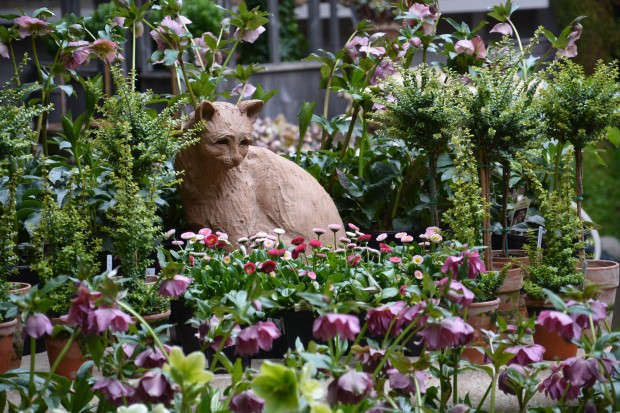 How spring starved we all are makes all of Rob’s choices that much more to treasure. I have dirt and moss stains on my hands-how great is that? I have been planting spring pots. What a relief-what a treasure.
How spring starved we all are makes all of Rob’s choices that much more to treasure. I have dirt and moss stains on my hands-how great is that? I have been planting spring pots. What a relief-what a treasure.
 If you garden in our area, I would suggest that our helleborus festivalis might be just the jumpstart of spring that will bring a smile to your gardening heart.
If you garden in our area, I would suggest that our helleborus festivalis might be just the jumpstart of spring that will bring a smile to your gardening heart.
 forced forsythia and cherry branches
forced forsythia and cherry branches
 myrtle topiaries and white hyacinths
myrtle topiaries and white hyacinths
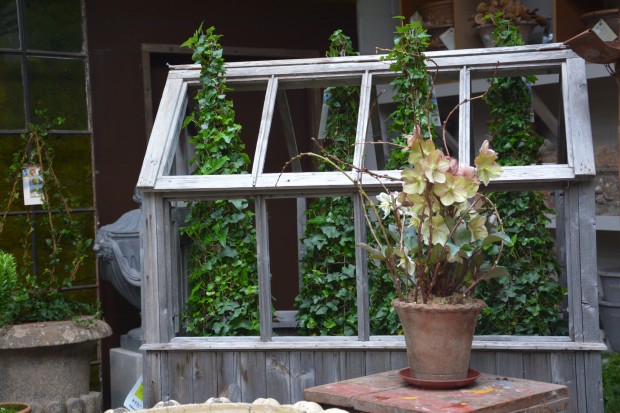 a hellebore in a pot with curly pussy willow
a hellebore in a pot with curly pussy willow
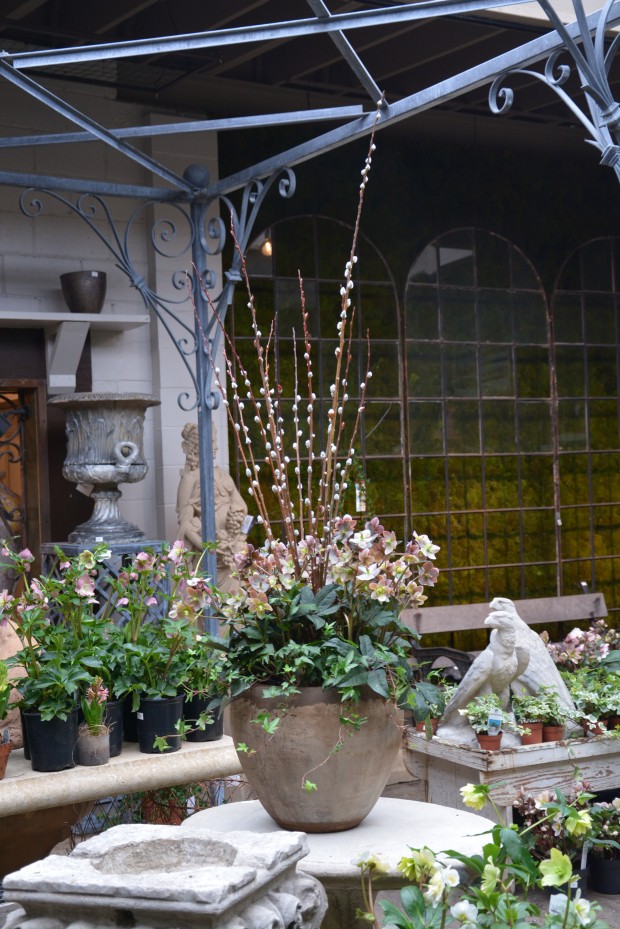 A spring container planting with hellebores. We are ready. We would guess you are too.
A spring container planting with hellebores. We are ready. We would guess you are too.

